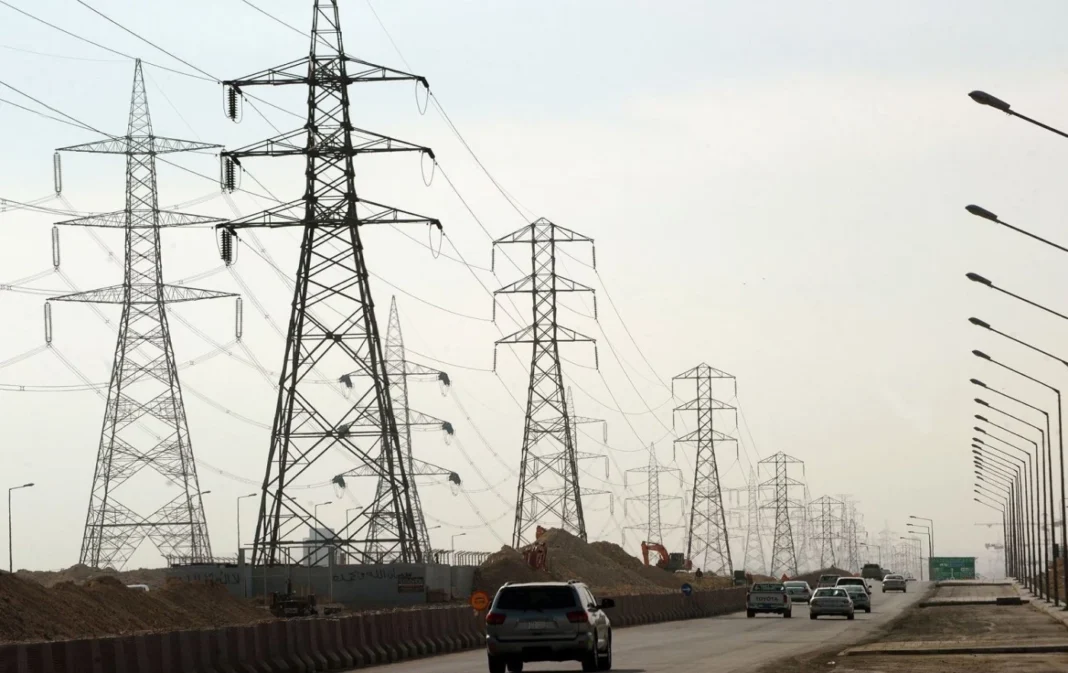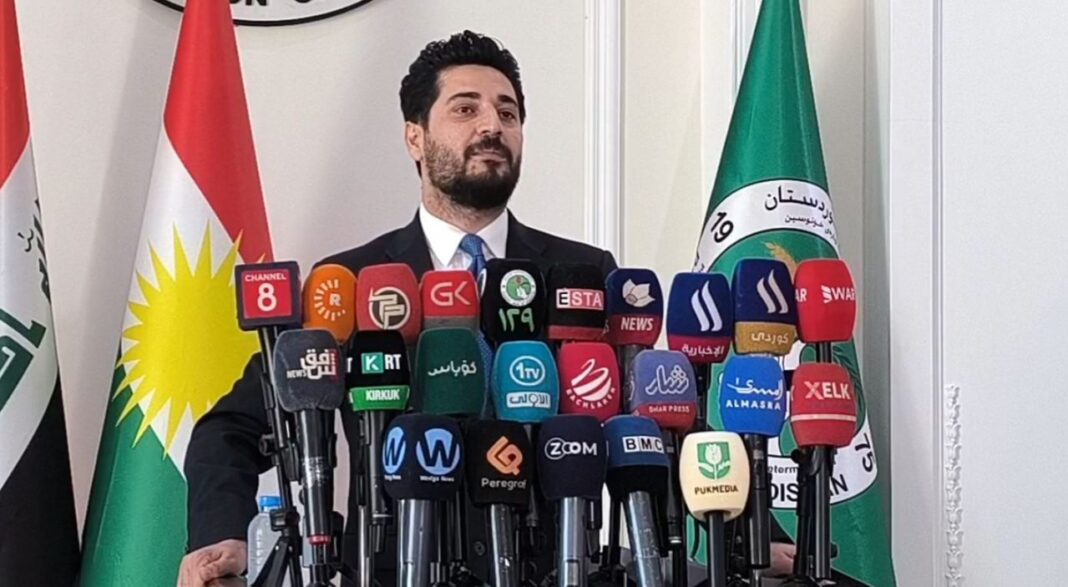Iraq’s parliamentary elections of 2025, under the amended Election Law No. 9 of 2020, concluded with the Sainte-Laguë formula and larger electoral districts dictating outcomes. Although the law has been touted as proportional representation, it heavily tilts the field toward established political blocs over independents or smaller parties, which raises concerns about fairness and representation, especially for the Kurdistan Region.
The Modified Sainte-Laguë System
The elections use a modified Sainte-Laguë formula with a first divisor of 1.7, making it much more difficult for small parties to obtain seats. This system, developed by the French mathematician André Sainte-Laguë in 1912, divides each party’s votes by a series of odd numbers (1, 3, 5, 7, etc.), allocating seats based on the largest resulting quotients. Iraq has adopted the system in 2005, then used it until 2018, later adopting smaller multi-member districts in the 2021 elections, allowing the entry of independents and new political movements.
In 2023, however, lawmakers went back to the modified Sainte-Laguë system that favors large, established parties. For instance, using the formula of 1.7, a party with 20,000 votes would see its effective votes drop to 11,800, making it far less likely to gain representation. Experts say the system consolidates power among major blocs at the expense of weakening emerging political forces.
Electoral dynamics in Kurdistan
In the Kurdistan Region, voter turnout remained high: Duhok reaches 77%, Erbil 66%, and Sulaymaniyah 60%, reflecting strong mobilization by the KDP and the PUK. The KDP achieved more than one million votes, thus reportedly becoming the first Kurdish party to reach this threshold. As parliamentary representation is calculated based on governorate-level performance, the party is likely to get only 29 seats, down from the 31 won in 2021.
Still, even with this milestone, the electoral system remains an obstacle to Kurdish influence. The PUK secures 18 seats, while other opposition movements, such as the New Generation Movement, secured only three seats, compared with nine in 2021.
Even with high Kurdish voter participation, influence is diluted when votes split across multiple lists. Meanwhile, Shia-majority provinces in southern Iraq secure seats with far fewer votes: whereas a parliamentary seat in Erbil requires 40,000 votes, in southern provinces a seat can be won with just 2,000 votes, a disparity Kurdish analysts describe as “mathematical discrimination.”
The modified Sainte-Laguë system especially disadvantages Kurdish votes in disputed territories, where differing electoral rules and lost ballots further erode representation. These mechanisms make it difficult for smaller Kurdish lists to convert votes into parliamentary seats, limiting Kurdistan’s legislative influence despite robust turnout.
Calls for Reform
The results of the November 11 parliamentary election place Prime Minister Mohammed Shia’ al-Sudani’s Reconstruction and Development Coalition in the lead with 45 seats, well ahead of the KDP, which wins 27 despite of having less than 400,000 votes than the KDP.
The significant gap prompts Kurdish leaders to call for amendments to the election law for future votes. Major parties continue to entrench their dominance, keeping emerging movements on the sidelines and keeping Kurdish representation below its demographic and voter-weighted potential.
Although this modified Sainte-Laguë system is, in principle, designed to be fair, in its application, it favors large, established parties, consolidates power in Baghdad, and within the Shia dominant particularly, and diminishes Kurdish influence in the federal parliament, a situation that undermines Iraq’s democratic aspirations.
By Aska Ihsan Adil



